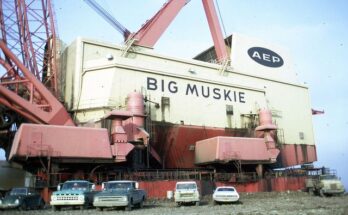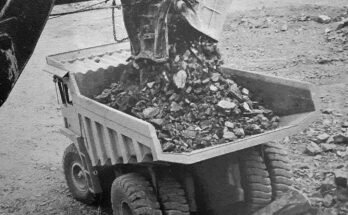Burbank, California, holds a significant place in aviation history, largely due to the presence of the Lockheed Aircraft Corporation’s factory, which operated from the 1930s to the 1990s. This factory was instrumental in the production of the legendary P-38 Lightning, among other aircraft, and played a vital role in both World War II and the evolution of aviation technology throughout the 20th century.
The story of the Lockheed factory in Burbank begins in the early 1930s when the burgeoning aerospace company established its operations there. With the outbreak of World War II, the factory became a critical hub for the production of military aircraft, most notably the P-38 Lightning. Known for its distinctive twin-boom design and powerful performance, the P-38 was a formidable fighter aircraft that served in various combat roles, including interception, bombing, and reconnaissance. Its success in the skies was a testament to the ingenuity and dedication of the workers and engineers at the Burbank facility.
During the war years, the Lockheed factory operated around the clock, employing thousands of men and women who contributed to the war effort. The production of the P-38 and other aircraft not only supported the Allied forces but also spurred economic growth in the Burbank area. The factory became a symbol of American industrial might and innovation, showcasing the nation’s ability to mobilize and produce cutting-edge technology during times of need.
Post-World War II, the Lockheed factory continued to be a center for aviation advancement. It was involved in the development of various aircraft, including the F-104 Starfighter and the U-2 spy plane, which played pivotal roles during the Cold War. The factory’s contributions extended into the space race era, reflecting the broadening scope of Lockheed’s capabilities and ambitions.
By the 1990s, the factory’s operations had shifted, and eventually, the site underwent redevelopment. However, the legacy of the Lockheed factory in Burbank remains a proud chapter in the history of aviation. The impact of its production, particularly the iconic P-38 Lightning, continues to be celebrated, highlighting the factory’s role in shaping the aerospace industry and contributing to global events throughout the mid-20th century.



